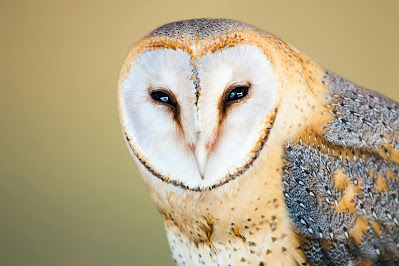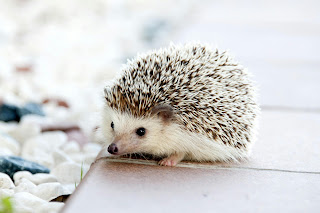Silent and powerful, the wolf roams Europe’s wild lands, a symbol of strength, freedom, and the untamed spirit of nature.

Among Europe’s most iconic and enigmatic animals, the wolf (Canis lupus) reigns as a symbol of wilderness, resilience, and mystery. For centuries, wolves have captivated human imagination, featuring in folklore, art, and conservation debates across the continent. As wolves make a steady return to European landscapes, their presence ignites curiosity, respect, and even fear, reflecting their complex relationship with humans throughout history.
A Master of the Pack: Wolves are highly social creatures, living in structured packs that work together to hunt, raise young, and protect territory. This complex social dynamic is one of the reasons wolves have fascinated Europeans for centuries. The pack operates with precision and discipline, with each member playing a crucial role in the group’s survival. In many cultures, wolves symbolize teamwork, loyalty, and family bonds, as their tight-knit packs reflect an ideal of communal living.
Silent Hunters of the Wild: Wolves are known for their extraordinary hunting skills, able to track prey over great distances with their keen sense of smell and endurance. They are built for stealth and stamina, often working as a team to bring down large prey like deer or wild boar. This ability to thrive in harsh environments has made the wolf a symbol of survival and adaptability in Europe. Their presence in Europe’s wilderness is often seen as a sign of ecological health, indicating that wild landscapes are still thriving.

The Wolf in European Mythology: In European folklore, wolves have long been figures of both fear and reverence. In Norse mythology, the great wolf Fenrir is foretold to bring about the end of the world, while in Roman mythology, the wolf nurtured the founders of Rome, Romulus and Remus. Across Slavic, Celtic, and Germanic cultures, wolves have appeared as both protectors and destroyers, embodying the duality of nature—wild, untamed, and unpredictable. This deep-rooted cultural significance continues to shape Europe’s perception of wolves today.
The Return of the Wolves: After centuries of decline due to hunting and habitat loss, wolves are making a dramatic comeback in Europe. Rewilding efforts, legal protections, and the natural spread of populations from strongholds in countries like Poland and Romania have led to wolves re-establishing themselves in countries where they were once extinct, such as Germany, France, and Spain. Their return has sparked excitement among conservationists, symbolizing the resilience of nature and the possibility of restoring Europe’s wild landscapes.
A Controversial Predator: While many celebrate the wolf’s return, it has not been without controversy. Wolves are apex predators, and their presence has raised concerns among farmers who fear for their livestock. In rural communities, the wolf is often seen as a threat, leading to tensions over how to balance wildlife conservation with human interests. Despite these challenges, many European governments and wildlife organizations are working on coexistence strategies, such as compensating farmers for lost livestock and promoting non-lethal deterrents.

The Call of the Wild: One of the most haunting and captivating sounds in nature is the wolf’s howl. This eerie, beautiful sound carries through forests and mountains, serving as a means of communication between pack members. For centuries, the howl of a wolf has sent shivers down spines, symbolizing the wild and untamed. To hear wolves howling in the distance is to be reminded of Europe’s ancient wilderness, where these magnificent animals once roamed freely, and where they are slowly returning.
Wolves as Ecological Balancers: Wolves play a critical role in maintaining the balance of ecosystems. By controlling populations of prey animals, such as deer, they prevent overgrazing and allow forests and grasslands to regenerate. The reintroduction of wolves in areas like Yellowstone National Park in the U.S. has demonstrated their ability to restore ecosystems, and Europe is seeing similar effects as wolves return to their natural habitats. In this way, the wolf is not just a symbol of the wild but also a key player in keeping nature healthy.

Final Thoughts:
The wolf’s return to Europe is a story of resilience, mystery, and hope. Once driven to the brink of extinction, wolves have fought their way back, symbolizing nature’s ability to recover when given a chance. Their presence in the forests, mountains, and plains of Europe stirs both admiration and apprehension, reflecting their complex place in the human psyche. As wolves continue to thrive and expand their range, they remind us of the wildness that still exists in Europe—and the importance of protecting it for future generations.


